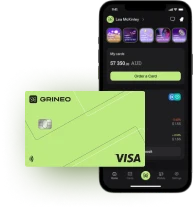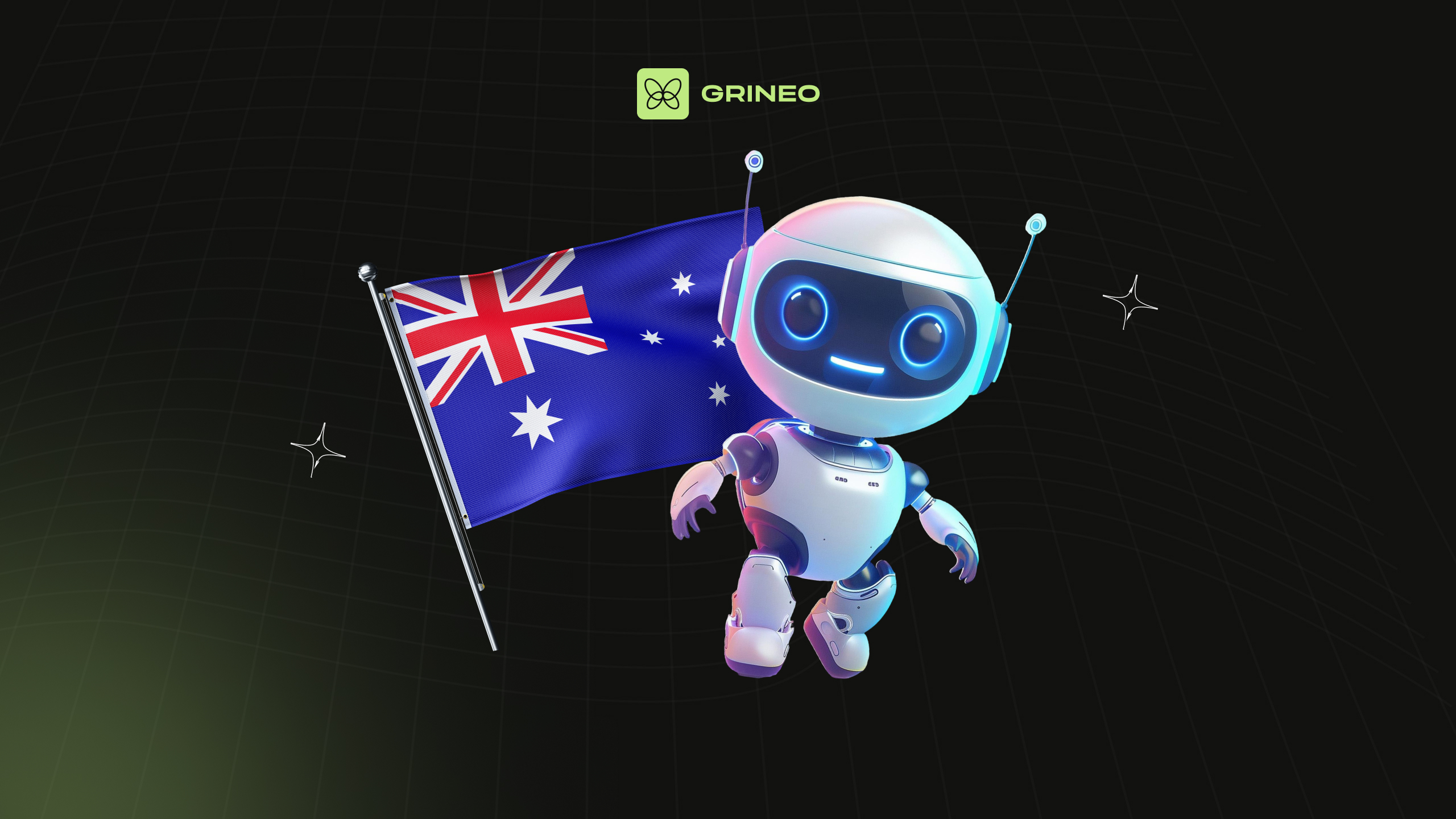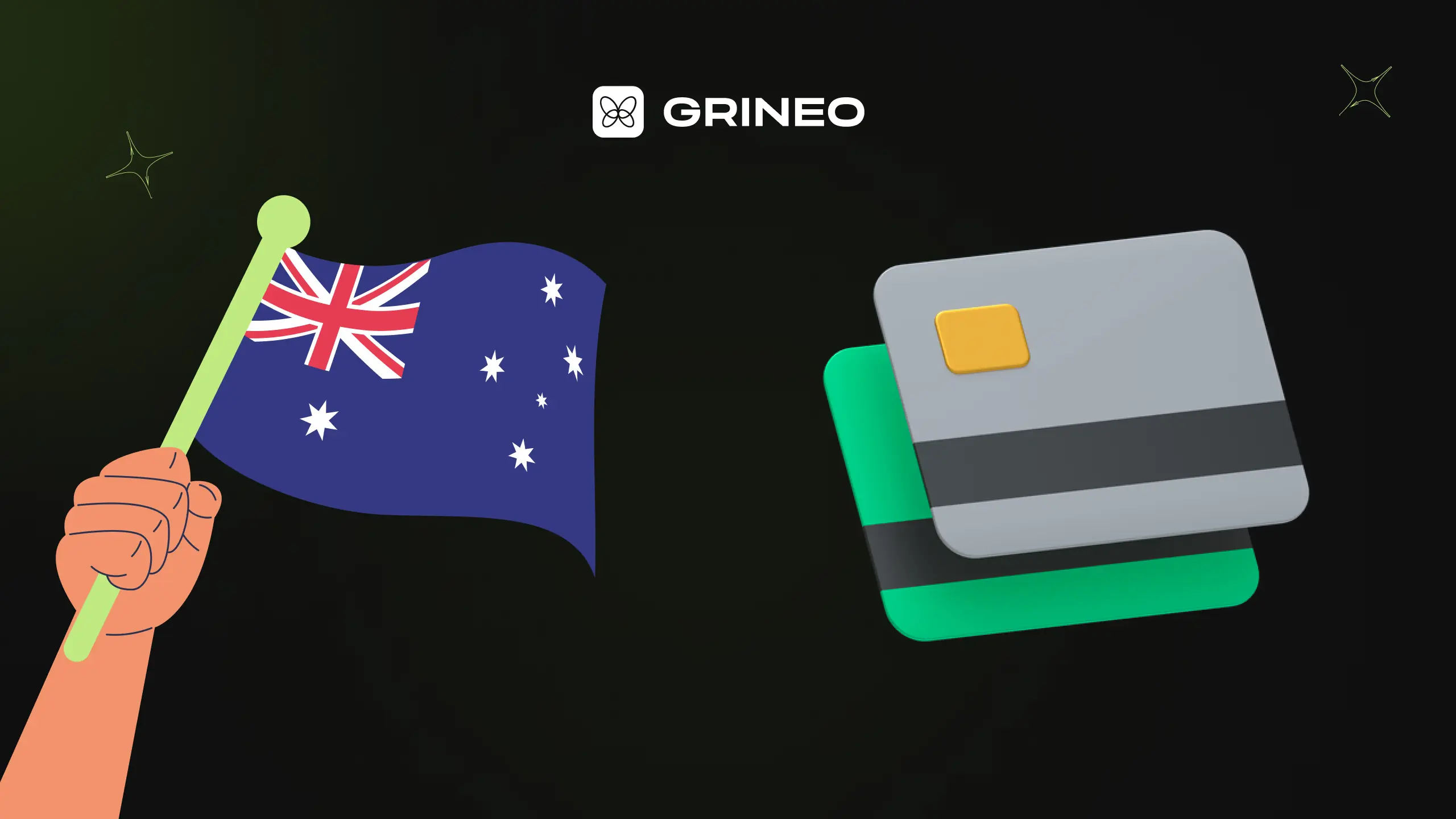What Does a USDT Address Look Like? Sending Tether to the Right Address
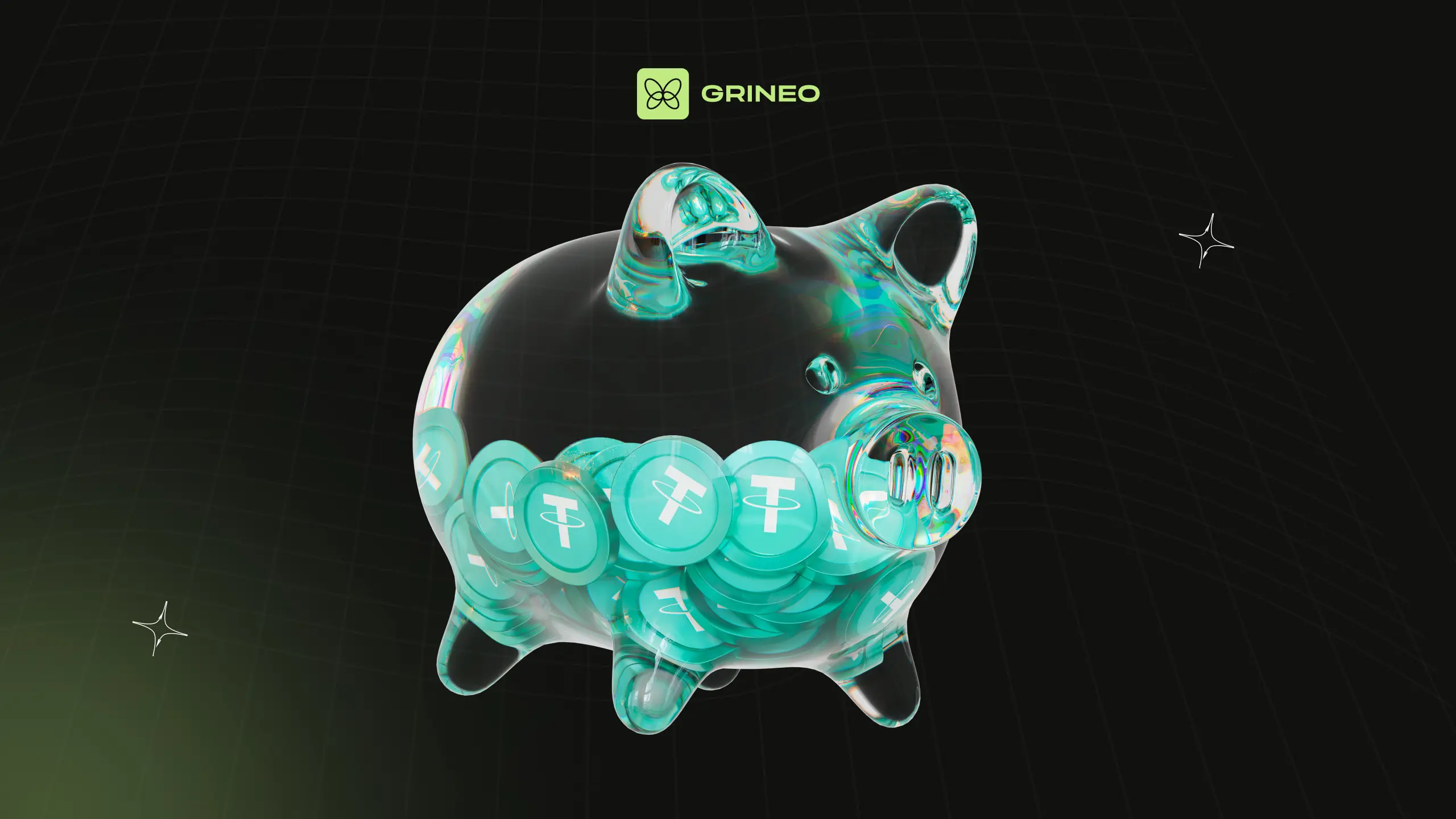
Tether (USDT) is one of the most widely used stablecoins in the cryptocurrency market, providing stability by pegging its value to the US dollar. Understanding USDT addresses is crucial for anyone dealing with Tether to ensure that transactions are conducted safely and accurately. In this article, we’ll explore what a USDT address is, how to recognize the correct type of address, and best practices for sending USDT to avoid costly mistakes.
Contents
What Does a USDT Address Look Like?
What’s the Difference Between Different Types of Tether?
Avoiding Common Pitfalls: Best Practices for Sending USDT
How to Spend Stablecoins Like Cash
What is a USDT Address?
A USDT address is a unique identifier used to send and receive Tether tokens. These addresses vary depending on the blockchain network they are associated with. USDT can be issued on multiple blockchains, including Ethereum, TRON, Omni, and Binance Smart Chain. Knowing the specific type of USDT address you are using is essential for ensuring that your transactions are successful and that your funds are not lost.
What Does a USDT Address Look Like?
Understanding the format and structure of USDT addresses on different blockchains is key to avoiding errors when sending or receiving Tether.
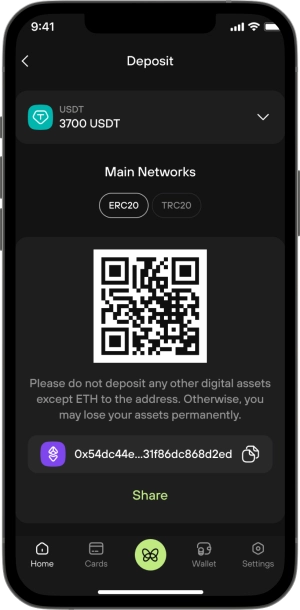
Ethereum (ERC-20)
USDT addresses on the Ethereum blockchain are similar to other Ethereum addresses. They typically start with ‘0x’ and consist of 42 characters. For example, an Ethereum USDT address might look like this: 0x1234567890abcdef1234567890abcdef12345678. These addresses are used for transactions within the Ethereum network.
TRON (TRC-20)
On the TRON blockchain, USDT addresses usually start with the letter ‘T’ and are shorter than Ethereum addresses. An example of a TRON USDT address could be: T1234567890abcdef1234. These addresses are used specifically for transactions on the TRON network.
Omni (Bitcoin-based)
USDT addresses on the Omni layer, which is based on the Bitcoin blockchain, resemble Bitcoin addresses. They often start with a ‘1’ or ‘3’. An example of an Omni USDT address might be: 1A1zP1eP5QGefi2DMPTfTL5SLmv7DivfNa. These addresses are used for transactions within the Bitcoin network.
Binance Smart Chain (BEP-20)
Similar to Ethereum, USDT addresses on the Binance Smart Chain also start with ‘0x’ and have 42 characters. An example of a Binance Smart Chain USDT address is: 0x1234567890abcdef1234567890abcdef12345678. These addresses are used for transactions on the Binance Smart Chain network.
What’s the Difference Between Different Types of Tether?
Tether (USDT) is available on multiple blockchain platforms, each offering unique benefits and drawbacks, particularly regarding fees, transaction times, and usability.
Ethereum (ERC-20)
Transactions on the Ethereum network are known for their security and extensive integration with decentralized finance (DeFi) applications. However, the fees can be quite high, especially during periods of network congestion, as they are paid in Ether (ETH). Transaction times typically range from a few seconds to several minutes, influenced by network traffic.
TRON (TRC-20)
TRON offers much lower transaction fees compared to Ethereum, making it an attractive option for frequent transactions. Fees are minimal, often just a fraction of a cent, and transactions are processed very quickly, usually within a few seconds. This makes TRC-20 USDT ideal for users looking for cost-effective and fast transfers.
Omni (Bitcoin-based)
The Omni layer, built on the Bitcoin blockchain, uses Bitcoin (BTC) for transaction fees. While it benefits from Bitcoin’s robust security, the fees and transaction times can be higher and slower compared to other blockchains. Transactions can take from 10 minutes to an hour, depending on Bitcoin network conditions.
Binance Smart Chain (BEP-20)
Similar to Ethereum in address format, Binance Smart Chain offers lower fees and faster transactions. Fees are paid in Binance Coin (BNB), and transactions typically take just a few seconds to process. BEP-20 USDT is popular for its efficiency and lower costs.
Understanding these differences can help you choose the most suitable Tether type for your needs, balancing cost, speed, and network compatibility.
Avoiding Common Pitfalls: Best Practices for Sending USDT
When sending USDT, one common mistake is sending tokens to an incompatible address. For example, sending USDT from an Ethereum address to a TRON address can result in the permanent loss of your funds. To avoid such errors, always double-check the address format and ensure it matches the correct blockchain. Additionally, confirm with the recipient that the address provided is accurate and compatible with the USDT you are sending.
To ensure safe and successful USDT transactions, always double-check the address format before sending. Make it a habit to verify the address on the appropriate blockchain explorer. Sending a small test amount before transferring larger sums can help confirm that the address is correct. Keep detailed records of all transactions to assist in tracking and troubleshooting if any issues arise.
How to Spend Stablecoins Like Cash
While using stablecoins to avoid market volatility is beneficial, you can also spend them like cash with Grineo! Australian residents can download the Grineo App and order a Grineo Card, which allows you to tap and spend USDT and USDC globally. Additionally, you can withdraw your stablecoins as cash from any ATM that accepts Visa.
Easily swap BTC, ETH, USDT, and USDC within the app and enjoy seamless stablecoin spending. Give it a try!
Download the Grineo App for iOS or Android now.


